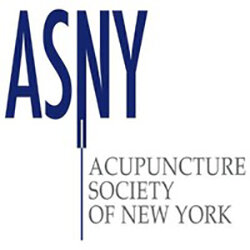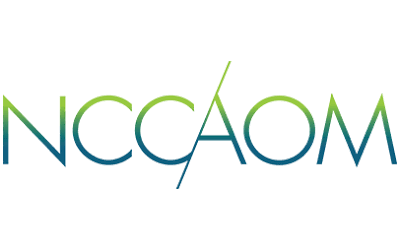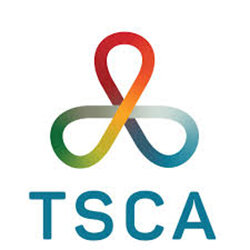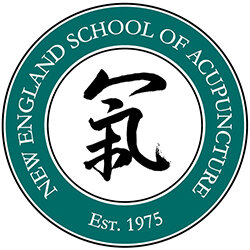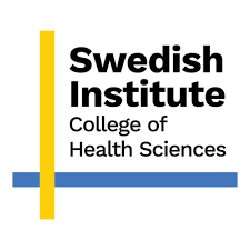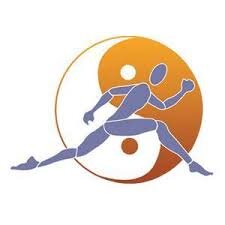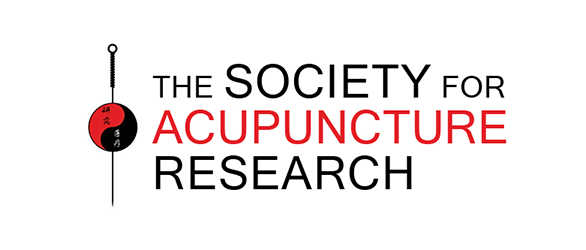The Benefits Of Using Acupuncture For Migraines
/If you’re a migraine sufferer, you know how incapacitating an episode can be. Migraines aren’t just intense headaches. The term “migraine” encompasses a handful of uncomfortable symptoms, including severe head pain, nausea, confusion, mood changes, and sensitivities to light and sound. Some migraine patients also experience auras, visual disturbances like blind spots, and seeing lights, patterns, and lines. If your migraine episodes are increasing in frequency, you may be wondering about the benefits of using acupuncture for migraines, and how this all-natural treatment can improve your symptoms.
Using acupuncture for migraines is an excellent way to manage your pain naturally. Acupuncture upregulates serotonin activity in the brain to regulate your moods, control your pain, and reduce the number and severity of migraines you experience.
How does acupuncture for migraines provide relief?
Acupuncture is incredibly relaxing. Many patients seek out acupuncture therapy purely for its stress-reducing benefits. The insertion of hair-thin needles into certain key points across the body stimulates the nervous system, causing contracted muscles to soften. Physically eliminating your muscle tension tells your entire body to relax, and that includes your mind.
It’s much easier to feel at ease when your muscles are loose and limber! Simply addressing muscle tension and the stress that caused it is one of the main reasons why acupuncture for migraines is so effective. But, acupuncture works on multiple levels to help migraine patients overcome their many symptoms.
Another benefit of using acupuncture to treat migraine symptoms is the regulatory effect it has on neurotransmitters. These chemical messengers transmit signals from nerve cells to target cells. The neurotransmitter serotonin has been shown to play an important role in the development of migraines. Migraine patients often present with low serotonin levels.
However, regular acupuncture sessions can help migraine patients reduce or even eliminate their migraine episodes by upregulating serotonin activity in the brain. Boosting serotonin will help you stave off migraine episodes. It will also help improve your mood, making it much easier for you to fight off stress and cope with pain.
Acupuncture fights stress and balances hormones
Migraines can have multiple triggers. Certain types of lighting and strong smells can lead to an episode. Sudden drops in barometric pressure due to weather changes are a common issue for many patients. Stress and hormonal imbalances are two additional triggers that pose a problem for many migraine sufferers.
Fortunately, acupuncture can help address these triggers. As we already know, acupuncture is a powerful natural treatment for chronic stress. Regular acupuncture treatments reduce stress hormones, like cortisol.
But acupuncture can also balance sex hormones. Acupuncture treatments stimulate the production of female sex hormones, including estrogen, progesterone, and prolactin. If you developed migraines after taking birth control, or shortly after menopause, acupuncture is more likely to benefit you.
Because acupuncture has a calming effect on the body, it encourages normal responses to various stimuli, from weather changes to light changes. Acupuncture works on a cellular level, balancing overactive nervous systems, so the things that trigger your migraines no longer pose a problem for you.
Can acupuncture be used alone to treat migraines?
In our experience, acupuncture can be highly effective for treating migraines naturally. Regular acupuncture treatments not only address preexisting migraine pain but also reduce your chances of future episodes. That’s simply because acupuncture is so effective at reducing stress.
But acupuncture isn’t the only holistic treatment that can be used to address recurring migraine episodes. Massage therapy to treat deep-seated muscle tension can be extremely beneficial. Relieving muscle tension with the help of a good massage makes it easier for your muscles to function properly. The better your muscles work, the less tension you’ll carry.
Herbal medicine can also be incredibly helpful for migraine patients. Powerful Chinese herbal blends work with your body. The adaptogenic nature of these protocols stimulates underactive systems, while simultaneously calming overactive ones. The right herbal blend centers you, realigning your body, mind, and spirit, allowing you to restore your health.
How often should you get acupuncture for migraines?
If you only get a migraine once in a blue moon, then getting acupuncture during the episode — or, ideally, before the migraine sets in — may be enough to keep your symptoms under control. Depending on your current state of health, weekly sessions or bi-weekly may be recommended to help you overcome the episode.
On the other hand, if you struggle with frequent migraine attacks, then you will most likely benefit from regular acupuncture sessions. If you suffer from additional conditions, like sciatica or endometriosis, you’ll also benefit from routine treatments. Acupuncture sessions 3 to 5 times a week for a period of 1 to 4 months may be required to get your health back on track.
Because every body is different, it’s almost impossible to say exactly how many treatments you’ll need to help you overcome your migraines. At Integrative Healing Arts, we work with each patient to get to the root of their dysfunction and to create a personalized treatment plan that will put them on the fast track to recovery.
Acupuncture has been shown to reduce acute migraine pain, and is just as effective for preventing future episodes. When it comes to treating migraines with acupuncture, it’s critical to follow the recommended protocol to successfully manage your pain.
Booking your first appointment
Migraines can be debilitating, but you don’t have to endure the pain. You have options. Acupuncture is one of the most effective alternative treatments for this painful condition.
At Integrative Healing Arts, we’re committed to working with you to come up with a holistic treatment plan that gives you real results.
If you’d like to learn more about the healing powers of acupuncture, and how this centuries-old treatment can help you heal naturally, get in touch with us today.
From your very first appointment, we’ll help you create a customized treatment protocol that aligns with your health goals. We don’t just want to help you overcome your pain. We want to help you restore your mind, body, and spirit to good health so you can achieve complete wellness, inside and out.















